What color car has the most accidents?
Which Car Colors Are Most Likely to Have Accidents?

While car color may initially seem like a purely aesthetic choice, studies indicate that it can significantly impact vehicle safety. Certain colors are more accident-prone due to their visibility or tendency to blend into the environment, especially in specific weather and lighting conditions.
Here’s a breakdown of car colors with higher accident rates, examples, and the science behind these findings, followed by recent insights from the automotive industry.
Black Cars: High Risk in Low-Light Conditions
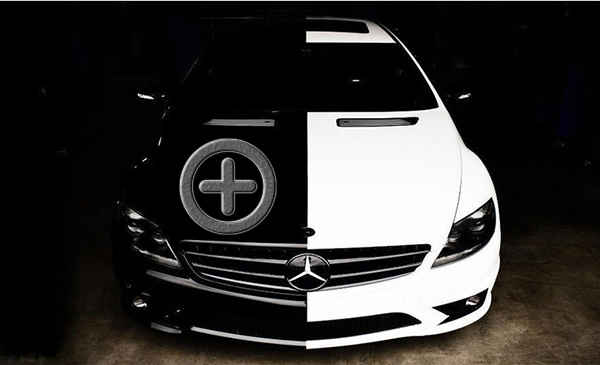
Black is often chosen for its sophistication, but it consistently ranks as the color with the highest accident rates.
Visibility Issues: Black cars tend to blend into nighttime or dark settings, making them challenging to spot, especially on poorly lit roads. The reduced contrast with the road and environment is a major factor in their higher accident rates.
Example: In urban or suburban areas with minimal street lighting, a black car may become virtually invisible to other drivers, increasing the risk of rear-end collisions or side impacts.
- Insurance Insight:
Many insurance companies report that black cars tend to have higher claims, supporting the idea that they’re at greater risk, particularly during early mornings and evenings.
Gray Cars: Subtle in All the Wrong Ways
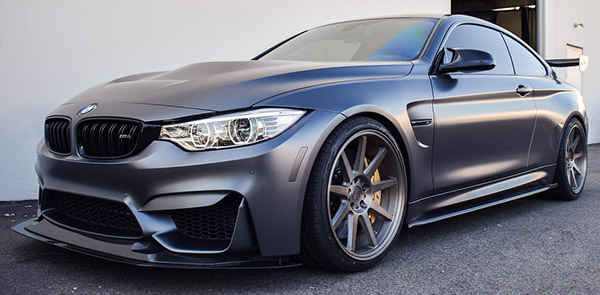
Gray is a versatile and neutral color but is highly accident-prone due to its ability to blend into many surroundings.
Visibility Issues: Gray cars are particularly hard to distinguish on overcast days, foggy mornings, or rainy streets, as they can blend into concrete and natural settings. Their lack of contrast in urban and rural settings alike diminishes visibility.
Example: On a rainy day in a bustling city, a gray car can easily disappear against the wet pavement or cloudy sky, which increases the likelihood of side-impact accidents, especially in high-traffic areas.
- Safety Insight:
Some road safety studies indicate that gray cars are involved in around 10% more accidents than cars with high-contrast colors like white or bright red.
Silver Cars: A Reflective yet Risky Choice
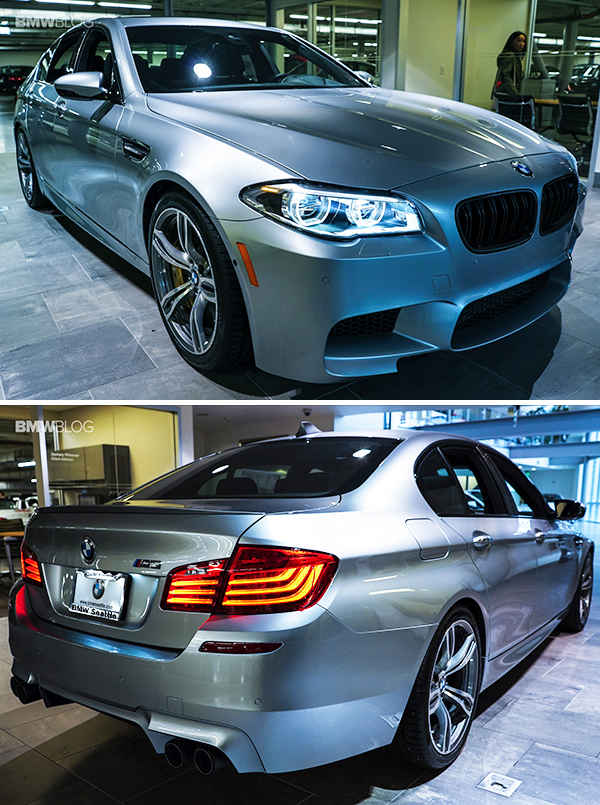
Silver is a sleek, modern color that stands out in sunlight due to its reflective quality, but it can be challenging to spot in dim or foggy conditions.
Visibility Issues: Although more reflective than gray, silver cars are harder to see during dawn, dusk, or fog, which is why they are more accident-prone than brighter colors.
Example: Studies have shown that silver cars on foggy roads, especially on highways, may appear hazy to oncoming drivers, increasing the chance of multi-vehicle accidents.
- Interesting Note:
Silver cars have become popular among luxury vehicle owners, but studies suggest that their accident rates are higher in misty or low-contrast conditions.
Blue Cars: Blending with Sky and Water

Blue is a widely favored color, available in a variety of shades, but certain tones are riskier than others.
Visibility Issues: Darker blue shades can blend with the sky or water reflections, while lighter blues can be less visible in open, bright surroundings.
Example: A dark blue car on a sunny day or near water can be challenging for other drivers to see, increasing risks in areas like coastal highways or rural lake roads.
- Safety Stats:
Some accident reports link blue cars, especially darker hues, to increased accident rates due to their environmental blending.
Red Cars: Bold and Misleading
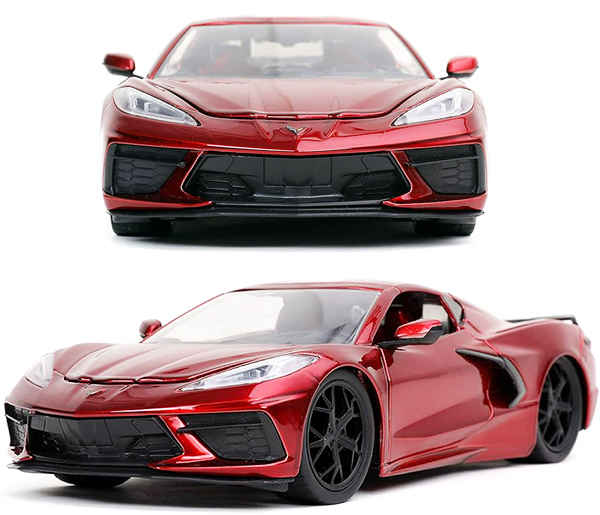
Red cars are attention-grabbing and often associated with sportiness, but their visibility can sometimes lead to driver misjudgments.
Visibility Issues: Red cars can sometimes be confused with emergency vehicles or appear overly aggressive, which can influence the behavior of nearby drivers.
Example: On highways, other drivers might react more cautiously around red cars, sometimes braking abruptly or changing lanes too closely, leading to avoidable accidents.
- Driver Behavior:
Studies suggest that drivers of red cars are occasionally more prone to speeding or driving assertively, which can add to their accident statistics.
White Cars: Clear and Bright, but Winter-Restricted
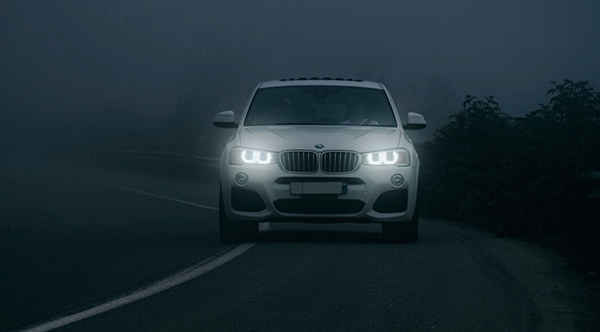
White cars are among the most visible, especially at night, and have a lower accident rate overall than darker shades.
Visibility Issues: White cars perform well in most lighting but can be difficult to see in snowy or foggy conditions.
Example: In regions with heavy snow, white cars can become nearly invisible to other drivers, increasing the risk of collisions during winter.
- Fun Fact:
Despite these limitations, white cars have one of the lowest accident rates due to their high visibility in most conditions.
Why These Colors Are More Accident-Prone
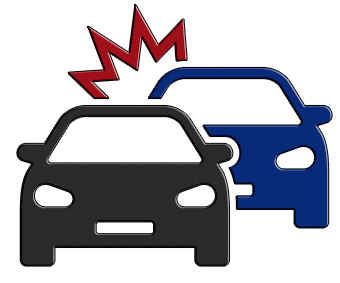
Visibility plays a critical role in the accident rates of various car colors. Darker colors like black, gray, and blue tend to blend into surroundings in low-light conditions or specific weather patterns. On the other hand, bright colors like red and white are more visible, although they come with unique risks, example: blending into snow (for white) or influencing driver behavior (for red).
The level of contrast between the car and the environment heavily impacts how noticeable a car is, influencing its accident likelihood.
Interesting Facts & Latest News


- Research Continues to Confirm Risks with Darker Colors
Studies by insurance companies and safety organizations, including the National Highway Traffic Safety Administration (NHTSA), continue to show higher accident rates for black, gray, and silver cars. Research shows that drivers are about 10% more likely to have an accident in a black car than in a lighter-colored vehicle.
- New Technologies in Visibility
Recent advances in automotive technology have introduced adaptive, high-visibility paint coatings. These coatings adjust their reflective properties based on lighting, which can improve visibility in low-light or foggy conditions. While still in experimental stages, such technology could reduce the accident risks associated with black, gray, and silver vehicles.
- Emergence of High-Visibility Color Campaigns
Some automakers have started promoting unconventional colors, like neon yellow or lime green, which statistically have lower accident rates. These colors, though initially uncommon, are gaining popularity among safety-conscious consumers. Studies show that cars with high-contrast colors are around 15% less likely to be involved in accidents.
- Winter Visibility Challenges for White Cars
Regions with heavy snowfall, example: northern states in the U.S., report that white cars have higher accident rates during the winter. Many cities now recommend additional reflective strips on vehicles to enhance visibility in snowy conditions, especially for fleet vehicles operating in northern regions.
- Insurance Premium Adjustments by Color
Recently, some insurance companies have experimented with factoring car color into premium rates. Although it’s not a widespread practice, research on accident rates by color is pushing some insurers to consider discounts for high-visibility colors, example: yellow, and adjust rates for darker hues.
By understanding the accident rates associated with different car colors and keeping up with the latest research and technological advances, drivers can make more informed choices when selecting their vehicle color. This awareness helps prioritize both aesthetics and road safety, ultimately leading to a more secure driving experience.












